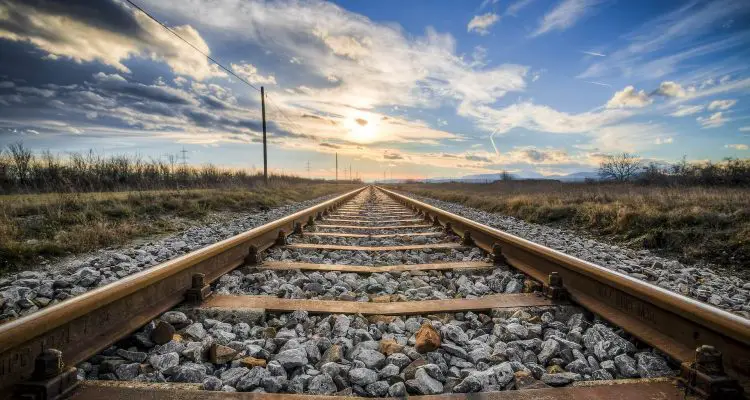The Trans-Siberian (Transsib) Railway is the longest railway line in the world. The railway is 9,288 kilometres long, from Moscow to Vladivostok.
The railways’ western terminus is the Yaroslavsky station in Moscow. Moving eastward, the railway cuts across Yekaterinburg and the Ural Mountains to Novosibirsk on the Ob River. It then moves onwards to Krasnoyarsk on the Yenisey River, Irkutsk and Ulan-Ude, following the southern shore of Lake Baikal.
Also Read: Longest railway tunnels in the world
From Ulan-Ude, the Transsib moves roughly in parallel to Russia’s border with Mongolia and then China before arriving at Khabarovsk on the Amur River and finally culminating at Vladivostok on the Sea of Japan (East Sea).
Noteworthy, the railway spans two continents, 8 time zones, 16 major rivers, six federal states, and almost a hundred cities. It takes up to 7 days of no-stop to journey through this route.
Construction of the Trans-Siberian (Transsib) Railway
Plans for the construction of the Trans-Siberian (Transsib) Railway were conceived back in the 1880s. It took approximately 10 years to design and plan the railway line construction. According to plans the railway line would be constructed in sections at a total cost of £35 million.
In May 1891 during the reign of the Russian Empire, the implementation of the Trans-sib railway project began. Government ministers, personally appointed by Alexander III and his son Nicholas II, supervised the construction works.
Within the first decade from 1891, over 7000 kilometres of railway were built. This included the West Siberian Railroad from Chelyabinsk to the Ob River which was completed in 1896. The Central Siberian Railroad from the Ob River to Irkutsk on the western shore of Lake Baikal on the other hand was completed in 1899.
The 7000 kilometres of railway were the first to be built within such a short period of despite all the challenges involved in addition to the inferior 19th Century equipment and know-how. The entire 9288-kilometre railway was completed in 1916.
The electrification works of the Trans-Siberian (Transsib) Railway were completed in 2002.
Trans-Siberian (Transsib) Railway project contributors
The construction of the railway line involved more than 60,000 workers, some of whom lost their lives in the course.
Financial support for the Trans-Siberian (Transsib) Railway project was provided by leading European financier, Baron Henri Hottinguer of the Parisian bankers Hottinger & Cie.

